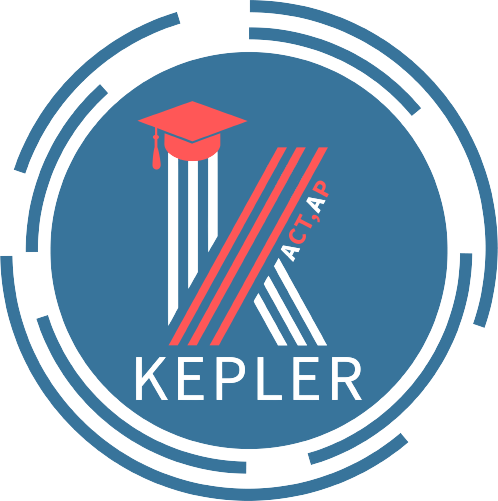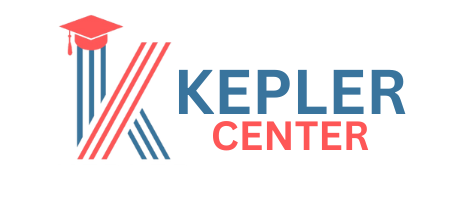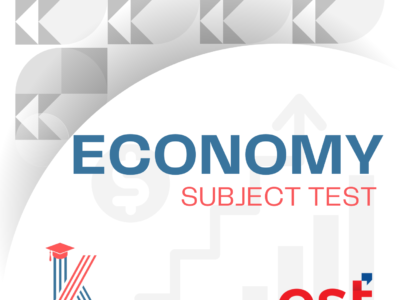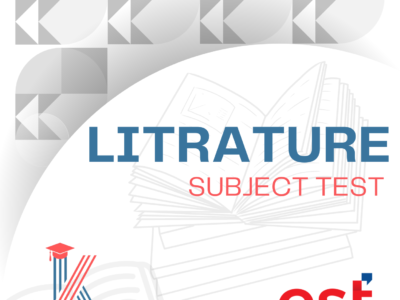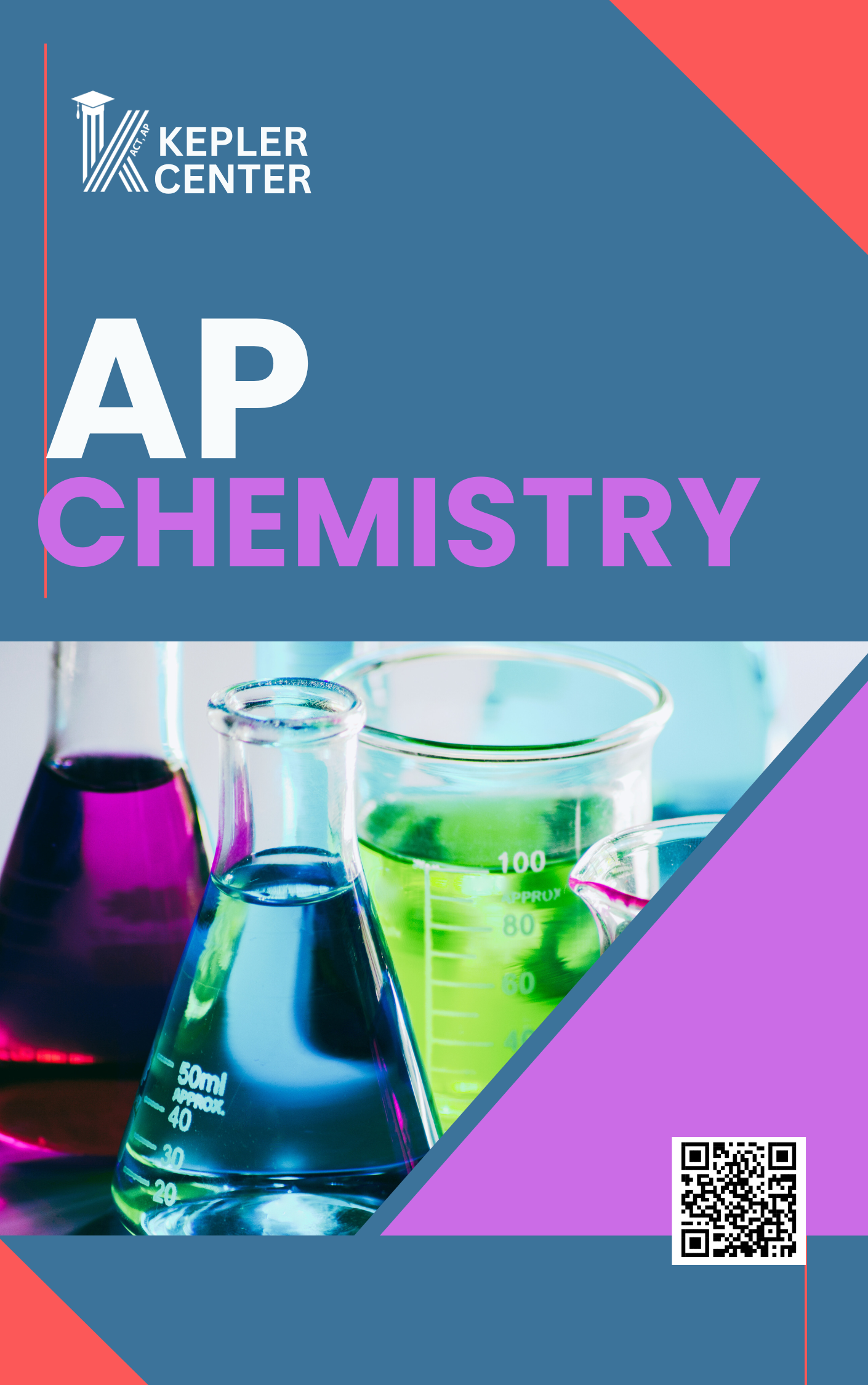
Overview
Overview

Course Features
- Lectures 75
- Quiz 1
- Duration 22 weeks
- Skill level Expert
- Language English
- Students 15
- Assessments Yes
Curriculum
Curriculum
Curriculum
- 9 Sections
- 75 Lessons
- 22 Weeks
Expand all sectionsCollapse all sections
- UNIT 1: Atomic structure and properties15
- 1.1Lesson 1.1 Moles and molar mass
- 1.2(Practice) 1.1 moles and molar mass60 Minutes
- 1.3Lesson 1.2 Mass spectra of element
- 1.4(Practice) 1.2 Isotope
- 1.5(Practice) 1.2 Mass spectra of element
- 1.6Lesson 1.3 The composition of pure substance60 Minutes
- 1.7(Practice) 1.3 Percentage composition and Empirical formula
- 1.8Lesson 1.4 The Composition of Mixture
- 1.9Lesson 1.5 Atomic structure and Electron configuration
- 1.10Lesson 1.6 Photoelectron spectroscopy
- 1.11(Practice 1.6) PES Graph
- 1.12Lesson 1.7 Periodic Trends
- 1.13(Practice 1.7) Periodic Trends ( part 1)
- 1.14Lesson 1.8 Valence Electrons
- 1.15(Practice 1.7) Periodic Trends (Part 2)
- UNIT 2: Compound structure and properties12
- 2.12.1 Types of chemical bonds
- 2.2(Practice 2.1) Lewis’s structure
- 2.32.2 Intermolecular force and potential energy
- 2.42.3 +2.4 structure of ionic solids, metals and alloys
- 2.5(Practices2.3+2.4) Structure of metals and Alloys
- 2.62.5+2.6 Lewis Diagrams and resonance
- 2.7(Practice 2.5) Lewis Structure
- 2.82.7 (1) VESPR Theory
- 2.92.7 (2) Hybridization
- 2.102.7 (3) Sigma and Pi bonds
- 2.11(Practice 2.7) Molecular Geometry and hybridization (1)
- 2.12(Practice 2.7) Molecular Geometry and hybridization (2)
- Unit 3 Properties of substances and mixture17
- 3.13.1 intermolecular and interparticle forces
- 3.2(Practice) 3.1 Intermolecular forces
- 3.33.2 Properties of solids
- 3.4(Practice) 3.2 Solid, liquid and gases
- 3.53.3 Solids, liquids and gases
- 3.63.4 Ideal gas law
- 3.7(Practice) 3.3 +3.4 Ideal gas law
- 3.83.5 Kinetic Molecular Theory
- 3.93.6 Deviation from ideal gas law
- 3.103.7 +3.8 Solution and mixture
- 3.113.9 Separation of solutions and mixtures
- 3.12(Practices) 3.7 +3.8 +3.9
- 3.133.10 Solubility
- 3.143.11 Spectroscopy and Electromagnetic spectrum
- 3.153.12 Properties of photons
- 3.163.13 Beer-Lambert law
- 3.17(Practices) 3.11,3.1310 Minutes0 Questions
- Unit 4: Chemical reactions9
- 4.14.1 Introduction for reactions
- 4.2(Practices) 4.1 Introduction for reactions
- 4.34.2 Net Ionic Equations 4.3 + Representations of reactions
- 4.44.4 physical and chemical processes
- 4.54.5+4.6 Stoichiometry
- 4.6(Practice 4.5) Stoichiometry
- 4.74.7+4.8+4.9 Types of chemical Reaction
- 4.8(Practice 4.7) Types of chemical Reaction
- 4.9(Practice 4.8) Acid-Base reaction
- Unit 5: Kinetics11
- 5.15.1 Reaction Rate
- 5.25.2 Introduction to rate law
- 5.3Practice 5.2
- 5.45.3 Concentration changes over time
- 5.55.4 Elementary Reactions + 5.5 Collision model
- 5.65.6 Reaction Energy Profiles
- 5.7Practice 5.6
- 5.85.7 Introduction to reaction Mechanisms + 5.8 Reaction Mechanism & Rate Law
- 5.95.9 Pre-Equilibrium Approximation + 5.10 Multistep Reaction Energy Profile
- 5.10Practice 5.10
- 5.115.11 Catalysis
- Unit 6: Thermochemistry9
- 6.16.1+6.2 Exothermic & Endothermic processes+Energy diagram
- 6.26.3+6.4+6.5 heat transfer, heat capacity, Energy Change
- 6.36.6–> 6.9 Enthalpy, Hess’s law
- 6.4Practice 6.1-6.2
- 6.5Practice 6.3-6.5
- 6.6Practice 6.6-6.9
- 6.7Practice 6.1-6.2 -Mark Scheme
- 6.8Practice 6.3-6.5 -Mark Scheme
- 6.9Practice 6.6-6.9 -Mark Scheme
- Unit 7 Equilibrium1
- Unit 8 Acid and Base1
- Unit 9 Thermodynamics1
Instructor
Instructor
Requirements
- CHEMISTRY
